Raptors, those majestic birds of prey that soar through our skies with unmatched grace and power, captivate wildlife enthusiasts worldwide. From the massive wingspan of eagles to the lightning-fast strikes of falcons, these predatory birds represent nature’s perfect aerial hunters. While many raptor species face threats from habitat loss, climate change, and human interference, dedicated conservation areas around the globe offer sanctuaries where these magnificent birds can thrive—and where passionate birdwatchers can witness them in their natural glory. This article explores the premier global destinations where you can observe some of the world’s most extraordinary and rare raptors, from remote mountain ranges to pristine forests and sprawling wetlands.
The Spanish Pyrenees: Kingdom of the Bearded Vulture
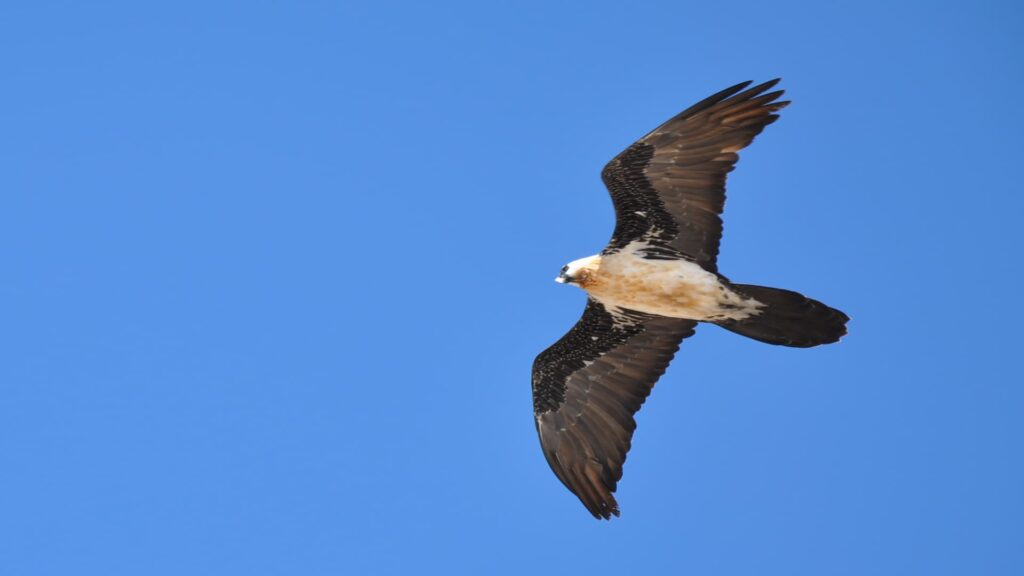
The rugged mountains of the Spanish Pyrenees provide an ideal habitat for one of Europe’s most spectacular and endangered raptors—the Bearded Vulture (Gypaetus barbatus), also known as the Lammergeier. With a wingspan reaching nearly 3 meters and its distinctive rust-colored plumage, this vulture has made a remarkable comeback in this region thanks to intensive conservation efforts. The Ordesa and Monte Perdido National Park offers particularly reliable sightings, where these specialized scavengers can be observed performing their unique behavior of dropping bones from great heights to access the nutritious marrow inside. Spring and early summer provide optimal viewing conditions when adult birds are busy feeding their young, making multiple trips to and from their carefully constructed cliff-side nests.
Kenya’s Masai Mara: Africa’s Raptor Paradise
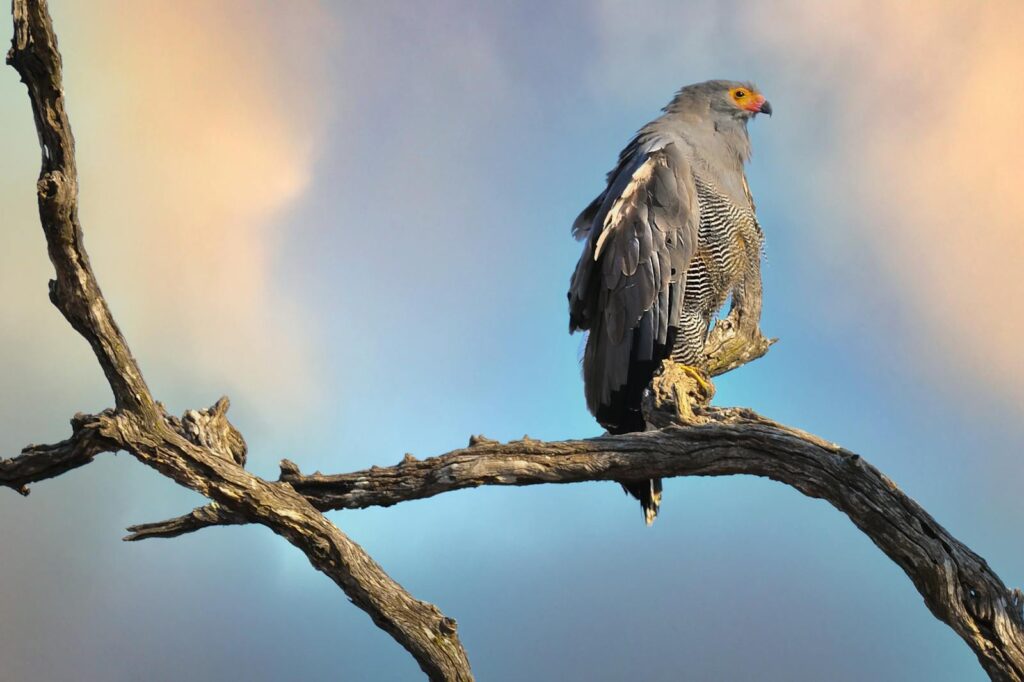
Few places on Earth rival Kenya’s Masai Mara for sheer diversity and concentration of raptors. This iconic African ecosystem hosts over 50 species of birds of prey, including some of the continent’s most remarkable specimens like the Martial Eagle—Africa’s largest eagle—and the endangered African White-backed Vulture. The Mara’s vast open savannas provide perfect hunting grounds where visitors can witness the aerobatic displays of Bateleur Eagles, recognizable by their distinctive short tails and rocking flight pattern. The dry season (June to October) coincides with the Great Migration, attracting numerous scavenging raptors that follow the massive herds of wildebeest and zebra, creating one of nature’s most impressive spectacles of predator-prey relationships in action.
Hokkaido, Japan: The Steller’s Sea Eagle Experience
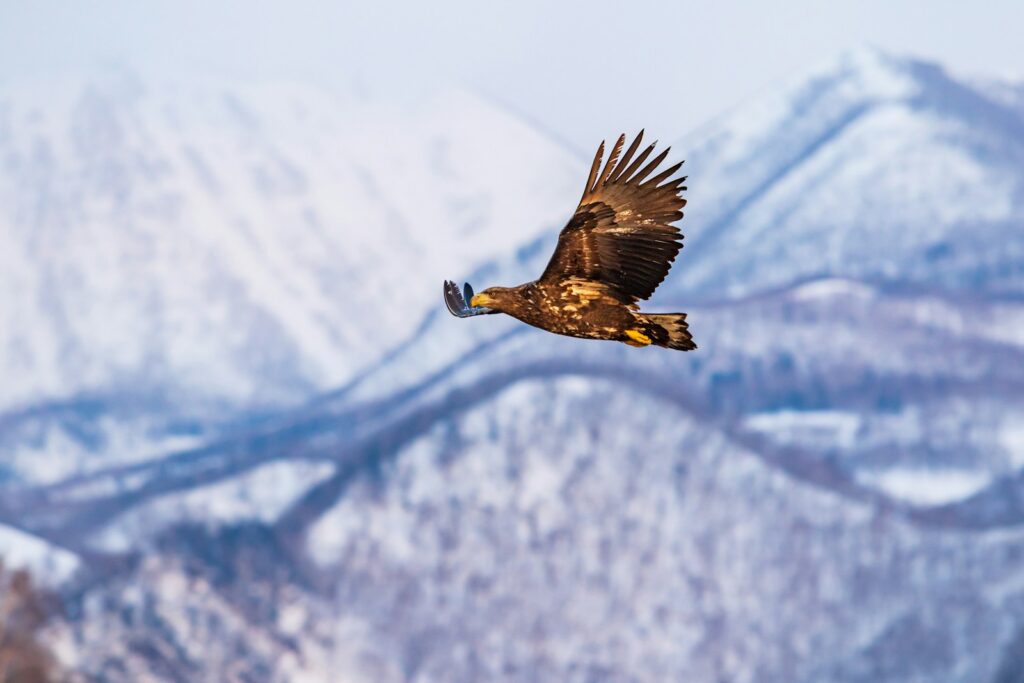
Japan’s northernmost island of Hokkaido transforms into one of the world’s premier eagle-watching destinations during the winter months. The star attraction is the magnificent Steller’s Sea Eagle, one of the heaviest eagles globally, weighing up to 9 kg with an impressive wingspan exceeding 2.5 meters. These massive raptors, with their distinctive orange beaks and white shoulders, migrate from Russia to escape the harsh Siberian winter, congregating along Hokkaido’s ice floes and coastlines to feed primarily on fish. The Rausu coast and Shiretoko Peninsula offer exceptional viewing opportunities between December and March, when hundreds of these rare eagles can be observed hunting, fishing, and engaging in aerial displays against a backdrop of snow-covered mountains and drift ice.
Philippine Eagle Center, Mindanao: Home of the Monkey-Eating Eagle
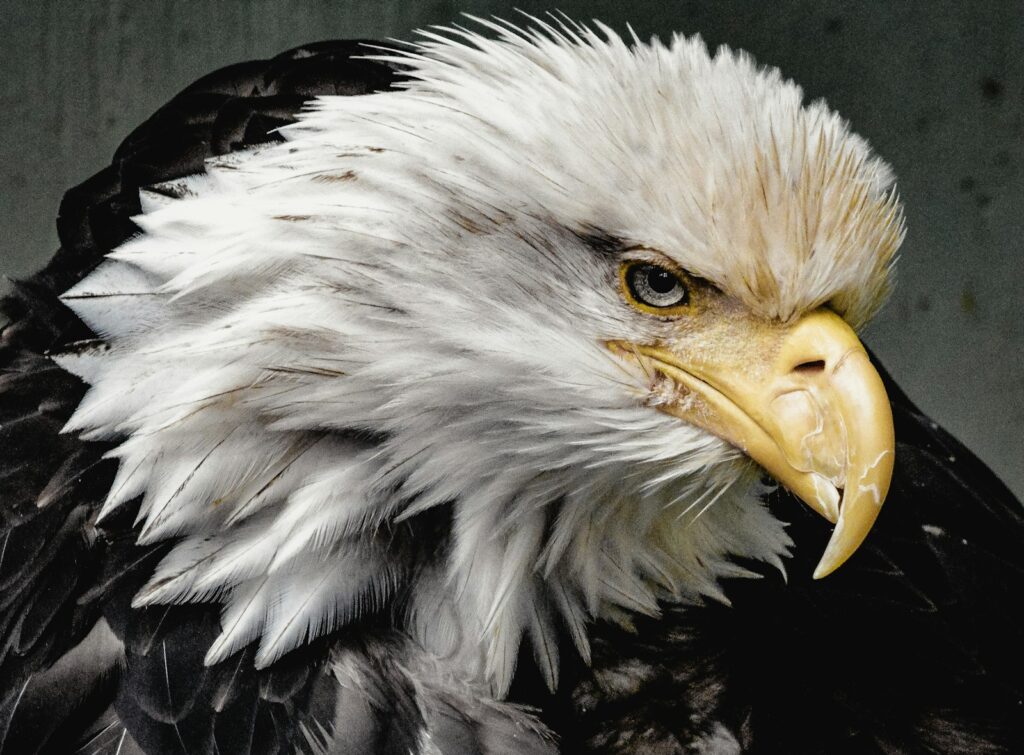
The critically endangered Philippine Eagle (Pithecophaga jefferyi), one of the largest and most powerful eagles in the world, finds sanctuary in the remaining rainforests of Mindanao. With fewer than 400 breeding pairs left in the wild, this magnificent raptor—sometimes called the Monkey-eating Eagle despite its varied diet—faces extreme pressure from deforestation and hunting. The Philippine Eagle Center near Davao City offers the most reliable opportunity to observe these majestic birds, which feature distinctive long crown feathers that form an impressive crest. While the center houses captive breeding specimens, wild sightings can be arranged through guided tours in the Mount Apo Natural Park, where these eagles establish massive nests in emergent trees and hunt for flying lemurs, monkeys, and other forest animals.
Andean Condor Sanctuaries of Peru and Chile

The Andean Condor, with its massive 3-meter wingspan and status as one of the world’s largest flying birds, represents an iconic symbol of the Andes Mountains. Despite its size, this vulnerable species faces ongoing threats from habitat degradation and persecution. Peru’s Colca Canyon, twice as deep as the Grand Canyon, offers spectacular viewpoints like Cruz del Condor, where these massive vultures can be observed riding morning thermals at eye level as they rise from their overnight roosting sites. In Chile, Torres del Paine National Park provides another prime viewing location, particularly during the summer months (December to February) when juvenile condors learn to master the complex air currents flowing through the mountainous terrain. Conservation efforts in both countries have established feeding stations that supplement the condors’ natural scavenging behavior and create reliable viewing opportunities.
Kgalagadi Transfrontier Park: South Africa’s Raptor Wonderland
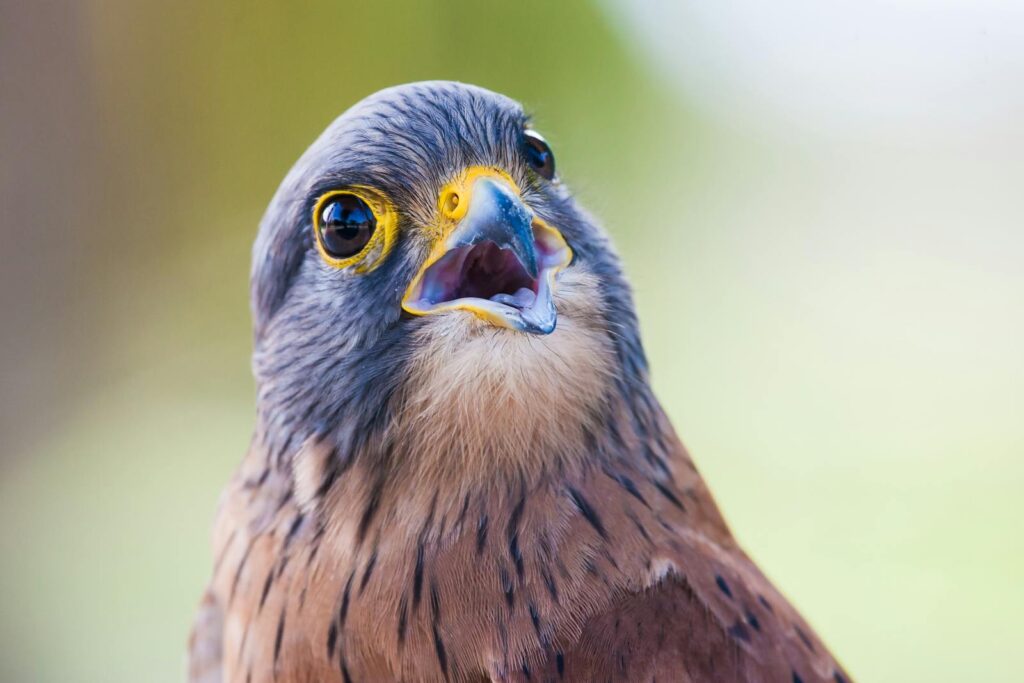
Spanning the border between South Africa and Botswana, the vast Kgalagadi Transfrontier Park offers one of Africa’s premier destinations for observing desert-adapted raptors in their natural habitat. The park’s semi-arid landscape of red dunes and sparse vegetation creates perfect hunting conditions for specialized hunters like the secretive Pel’s Fishing Owl and the lightning-fast Pygmy Falcon—Africa’s smallest raptor. The renowned Nossob and Auob riverbeds serve as concentration points for wildlife and consequently attract numerous predatory birds, including the magnificent Martial Eagle and the acrobatic Lanner Falcon. Summer thunderstorms (December to February) trigger breeding cycles for many species, while the cooler, drier winter months (June to August) concentrate animals around permanent water sources, creating ideal conditions for observing hunting behavior.
Veracruz, Mexico: The World’s Greatest Raptor Migration
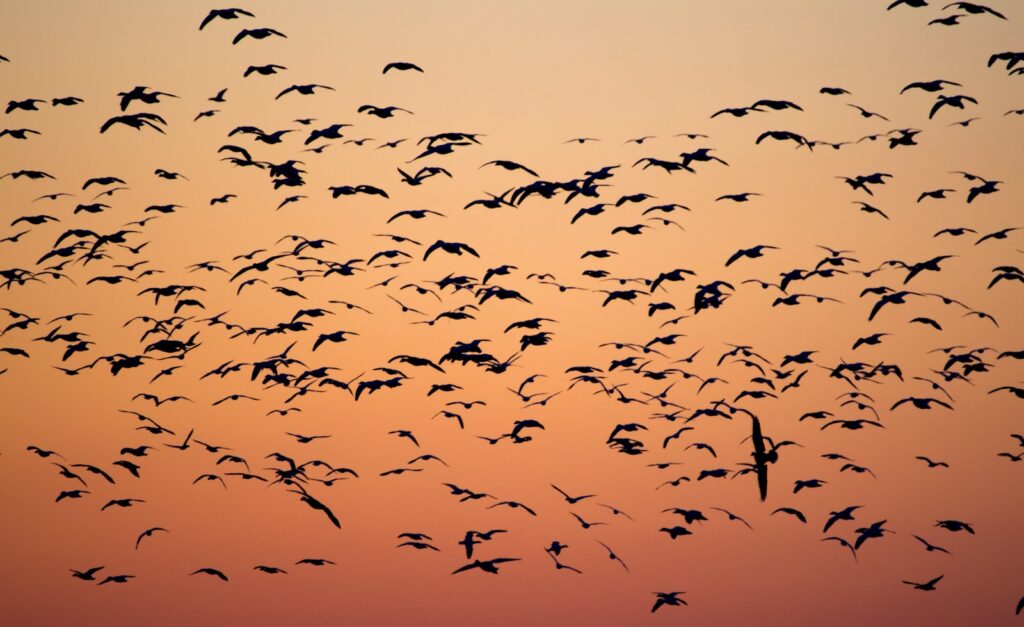
Each autumn, the skies above Veracruz, Mexico, host one of the planet’s most spectacular wildlife events—the mass migration of over five million raptors funneling through a narrow corridor between the Gulf of Mexico and the mountains. This natural bottleneck, known as the “River of Raptors,” concentrates birds that breed across North America as they journey to wintering grounds in Central and South America. The small town of Cardel serves as the epicenter for this phenomenon, where patient observers can witness kettles (groups) of thousands of Broad-winged Hawks, Swainson’s Hawks, and Mississippi Kites spiraling upward on thermal currents. September and October represent peak migration season, when daily counts can exceed 100,000 birds, creating a mesmerizing spectacle as these predators form living tornados in the sky.
Cairngorms National Park: Scotland’s Golden Eagle Territory

The ancient Caledonian forests and rugged mountains of Scotland’s Cairngorms National Park harbor one of the United Kingdom’s most robust populations of Golden Eagles. These magnificent raptors, with wingspans approaching 2.2 meters, require vast territories and represent a conservation success story in the Scottish Highlands. Dedicated hides (blinds) throughout the park, particularly in Glen Feshie and the upper reaches of the Findhorn Valley—sometimes called “Eagle Valley”—provide opportunities to observe these powerful predators as they patrol their mountainous domains. Spring offers optimal viewing conditions when eagles perform spectacular courtship displays, while guided safaris led by local experts increase chances of spotting these notoriously elusive birds as they hunt mountain hares, ptarmigan, and red grouse across the moorlands.
Israel’s Negev Desert: Raptor Migration Crossroads
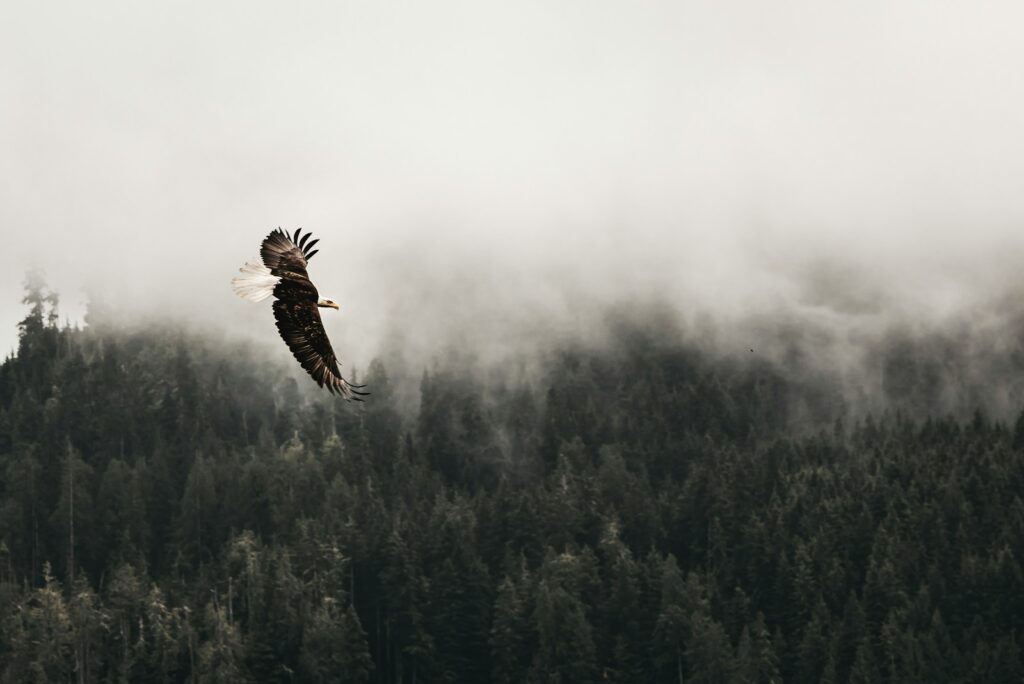
Israel’s strategic position at the junction of three continents makes it one of the world’s most important raptor migration corridors, with the Negev Desert serving as a critical funnel point. During spring (March-May) and autumn (September-October) migrations, hundreds of thousands of birds of prey—including endangered species like the Eastern Imperial Eagle and the Steppe Eagle—pass through this narrow land bridge between Africa, Asia, and Europe. The International Birding and Research Center in Eilat offers guided tours and viewing platforms where enthusiasts can observe more than 30 species of migrating raptors in a single day. The desert landscape with its stark mountains and wadis creates ideal conditions for soaring birds to ride thermal currents, while artificial water sources attract thirsty migrants, providing unparalleled photographic opportunities.
Harpy Eagle Reserves of the Amazon Basin
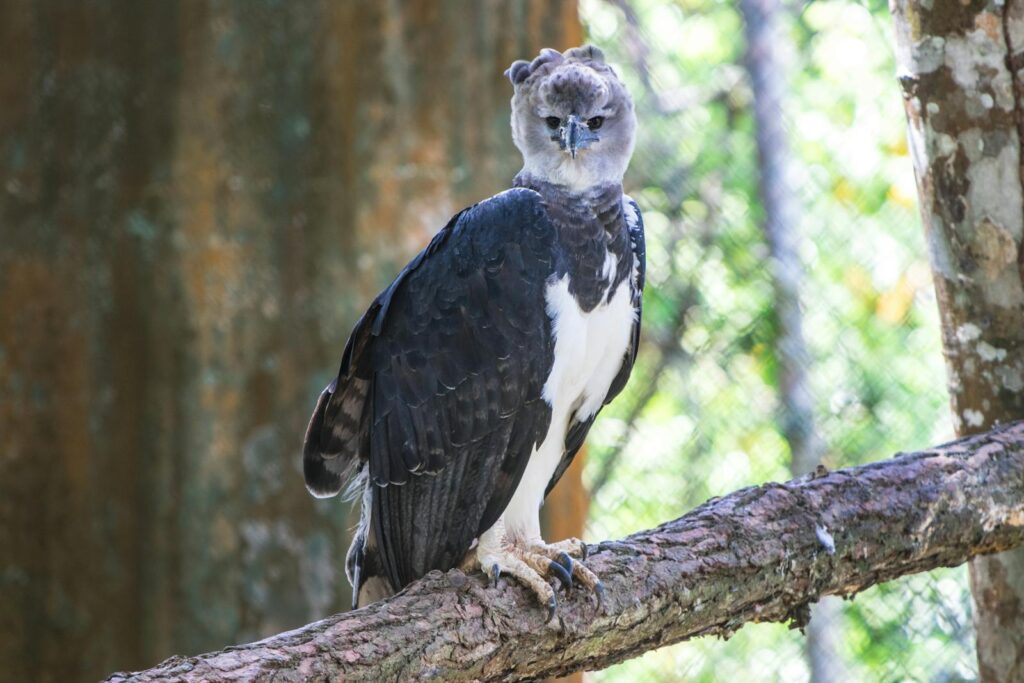
The mythical Harpy Eagle, perhaps the most powerful eagle in the world, makes its home in the diminishing pristine rainforests of the Amazon Basin. With massive talons comparable in size to grizzly bear claws and the ability to snatch monkeys and sloths from the canopy, this apex predator requires vast territories of undisturbed forest. Panama’s Darién National Park and Brazil’s Cristalino Private Reserve represent rare sanctuaries where dedicated teams monitor nesting sites, offering guided visits to observation platforms near active nests. These programs provide a unique opportunity to observe the multi-year breeding cycle of Harpy Eagles, from courtship through to the prolonged period of parental care that can last nearly two years. Conservation initiatives in these regions not only protect the eagles but also preserve critical rainforest habitat for countless other species.
The Drakensberg Mountains: Sanctuary for South Africa’s Rarest Raptors
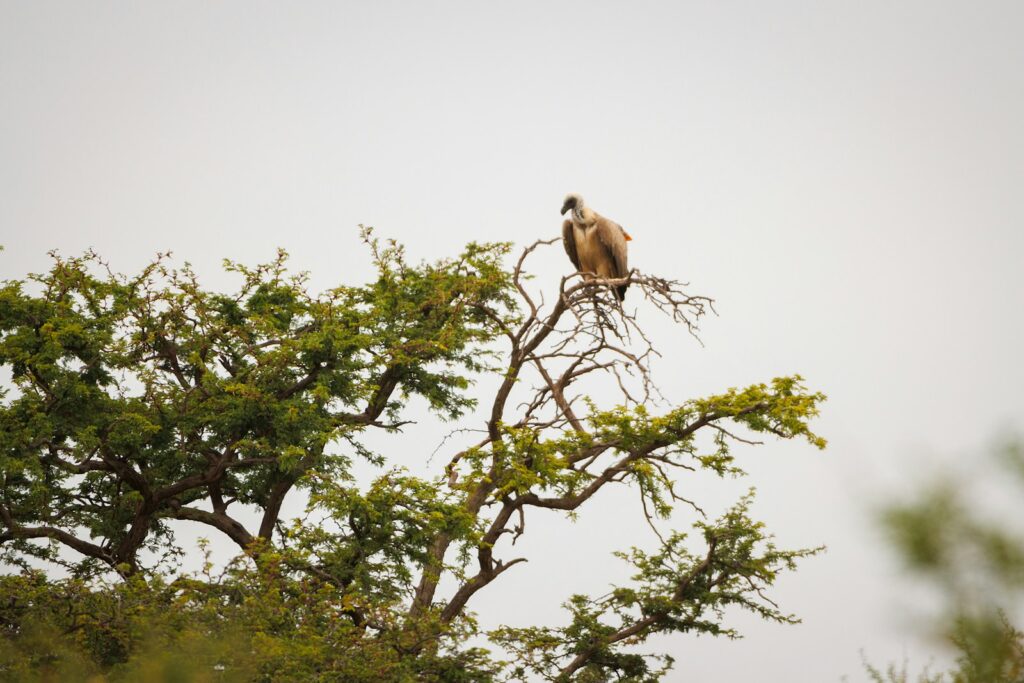
South Africa’s dramatic Drakensberg mountain range provides crucial habitat for some of the continent’s most endangered raptors, including the Bearded Vulture (locally called Lammergeier) and the impressive Cape Vulture. Giants Castle Nature Reserve within the uKhahlamba-Drakensberg Park features specially constructed hides overlooking vulture feeding stations, where visitors can observe these massive birds at remarkably close range. The Maloti-Drakensberg Vulture Project monitors breeding colonies established on inaccessible cliff faces, offering guided tours to respectful distances where spotting scopes reveal the complex social interactions of these highly intelligent scavengers. Winter months (May to August) typically provide the most reliable viewing opportunities, when clear skies and reduced vegetation improve visibility across the mountain landscapes that these specialized birds call home.
Hawk Mountain Sanctuary: Pennsylvania’s Raptor Conservation Pioneer
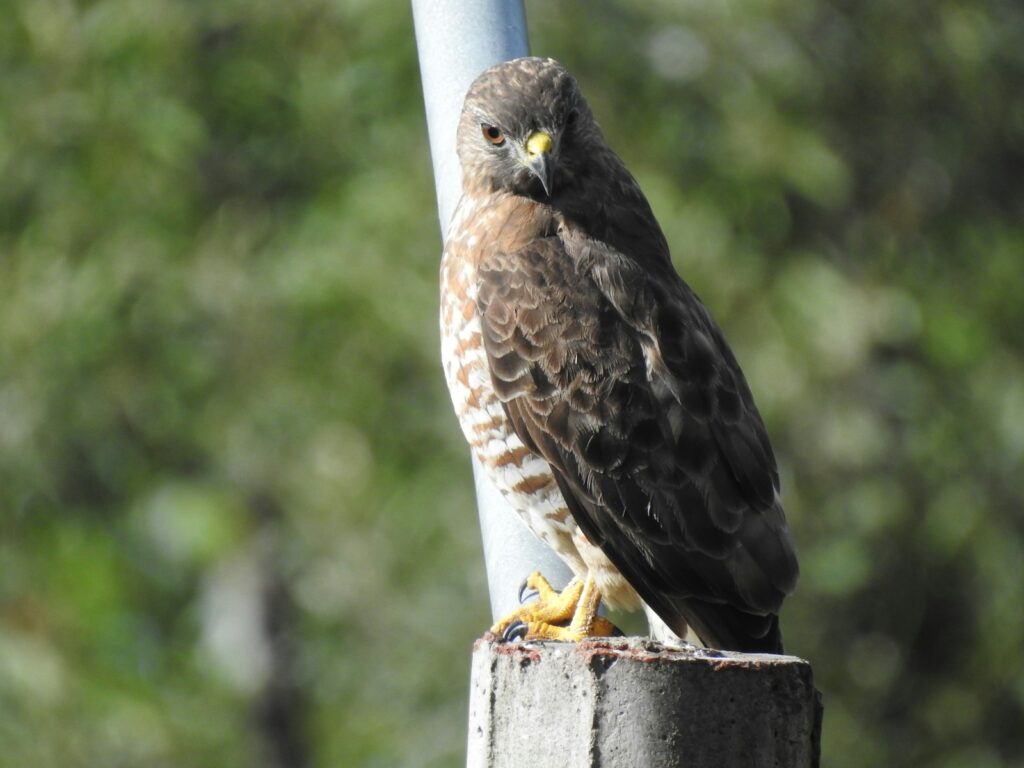
As North America’s oldest wildlife sanctuary dedicated to raptor conservation, Pennsylvania’s Hawk Mountain Sanctuary offers both historical significance and exceptional bird watching opportunities. Established in 1934 to protect hawks from rampant shooting, this ridgetop sanctuary sits along the Appalachian flyway where thousands of migrating raptors pass each autumn. The North Lookout provides panoramic views where visitors can observe up to 16 species of raptors in a single day during peak migration in September and October, including Broad-winged Hawks, Red-tailed Hawks, and the occasional Golden Eagle. The sanctuary’s scientific research programs have contributed invaluable data to raptor conservation worldwide, while its accessible trails and educational programs make it an ideal destination for both serious birders and casual nature enthusiasts interested in witnessing the spectacle of raptor migration.
From the snow-covered mountains of Hokkaido to the verdant rainforests of the Amazon, these premier destinations offer unparalleled opportunities to witness some of Earth’s most magnificent aerial predators in their natural habitats. Each location not only provides exceptional viewing possibilities but also plays a crucial role in conservation efforts that protect these vulnerable species. As raptors face mounting pressures from habitat loss, climate change, and persecution, these sanctuaries become increasingly vital—not just for the birds themselves, but for preserving the opportunity for future generations to experience the wonder of seeing a harpy eagle snatch prey from the canopy or a lammergeier soaring along mountain ridges. By visiting these destinations responsibly and supporting their conservation initiatives, wildlife enthusiasts contribute directly to ensuring these magnificent birds of prey continue to rule the skies for centuries to come.
